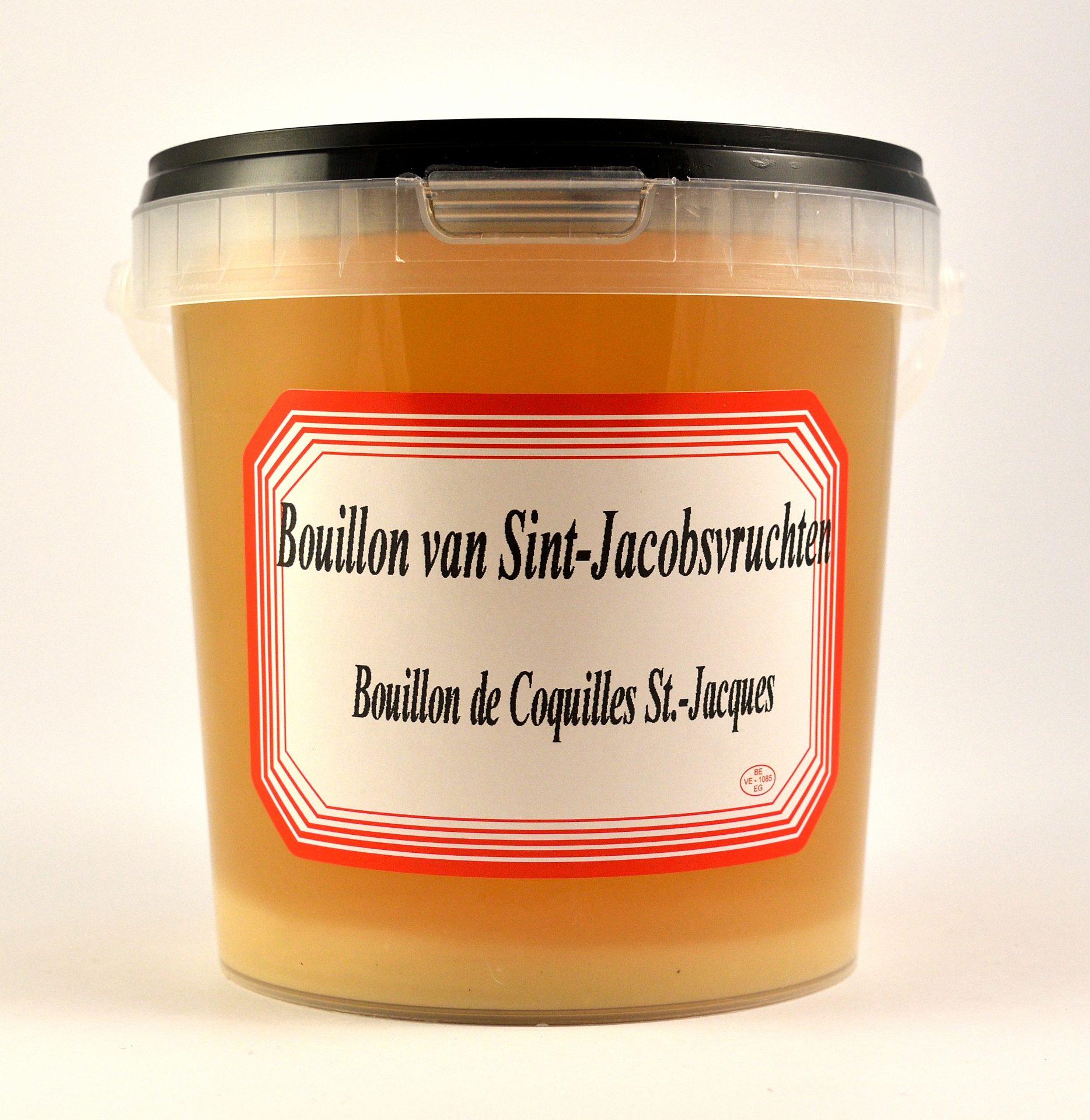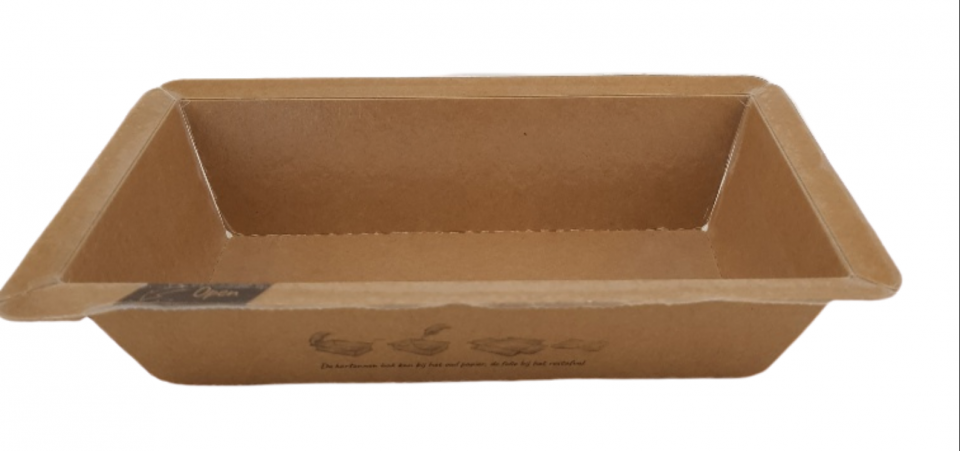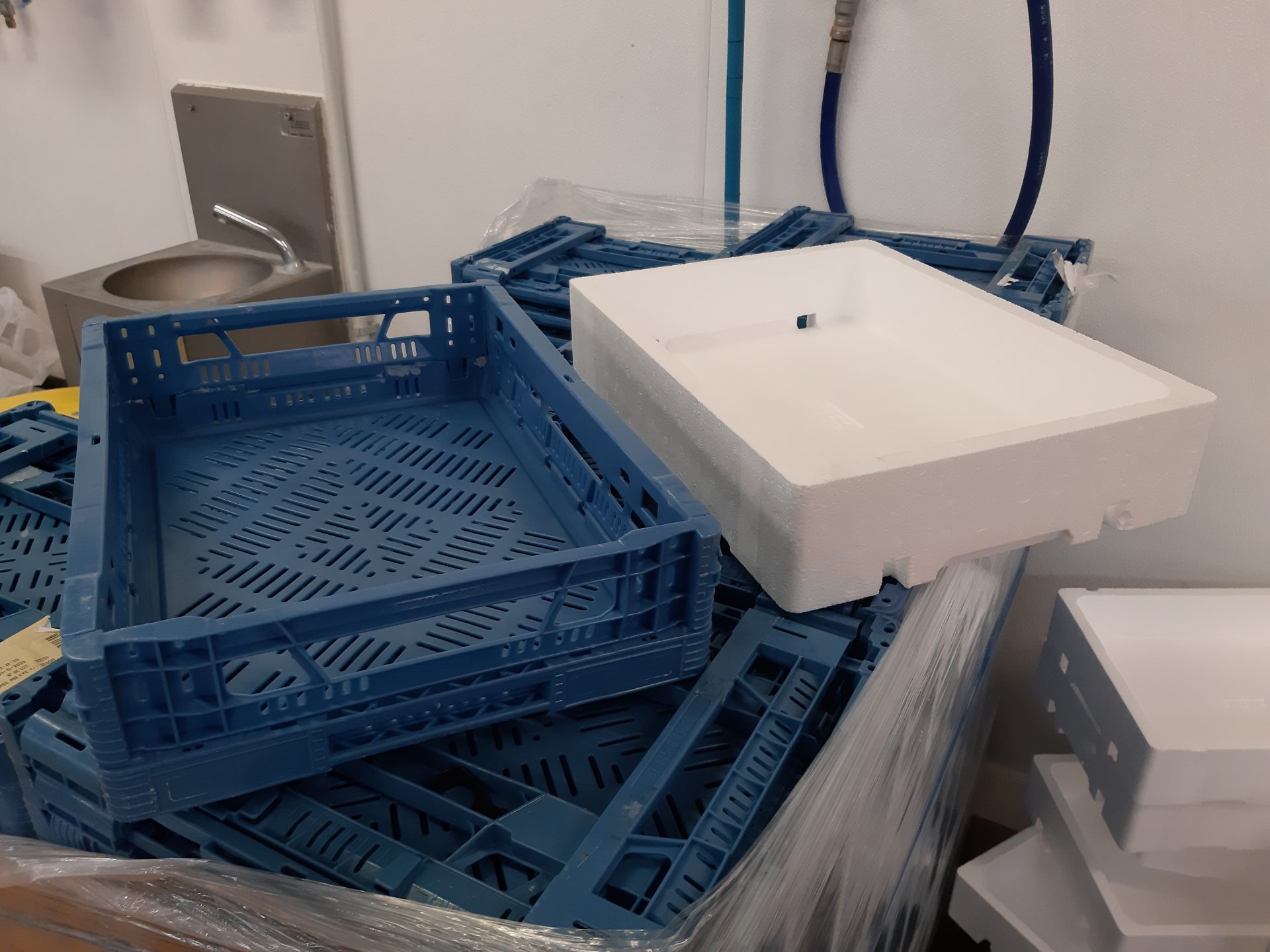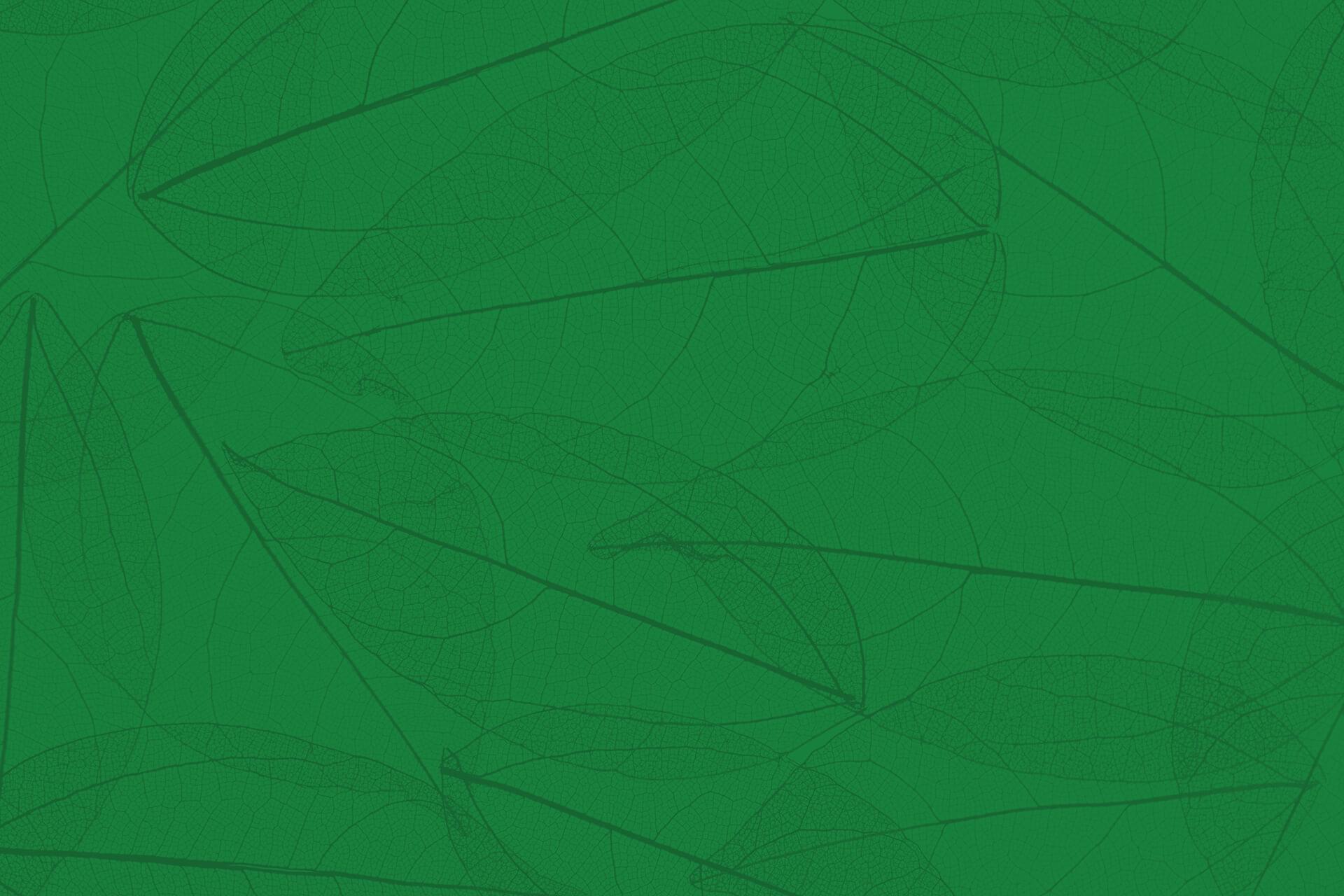Upcycling in the fishing industry (BE)
- Simon R.
- 11/02/2021

Revi Food is a food manufacturer located in Ostend, which produces mainly fish based products. It was founded 30 years ago by René & Viviane QUINET, the parents of the current owner Mr. Wim Quinet.
The product range consists of croquettes, ready meals, soups, spreads and a fresh salad line. We work mainly with frozen fish, due to the market demand – cod, salmon, shrimp/scampi, etc. caught in the Northern European regions (Norway, Iceland,..) and Asia for the scampi. However, here we always buy the most sustainable alternatives on the market, as we are also MSC and ASC certified, which indicates that the fish are caught or cultivated in a sustainable way.

A first waste flow was an internal one:
We process the frozen fish by cooking it in a sealed bag, in which we add a mix of water/spices. Afterwards our employees use the fish to assemble the products based on the orders coming in and threw away the liquid. One day our CEO thought – hmm, what a shame to throw that away, can’t we use or sell this in some way, as this is a by-product which could easily be sold without any quality restrictions.
Now my colleagues cut the sealed bags open and collect the fluid from the bag in special containers. This is now a very tasteful fish broth or bouillon, which packs an enormous amount of flavour, directly from the fish. We re-use the liquid in our own soups and sauces, which gives an intense flavour and creates added value to these products. We also pack the broth/bouillon as an end product for mainly the restaurant businesses as chefs appreciate the pure, intense and unique product in the market.
Along the way came a second opportunity to introduce a second similar product. De Vlaamse Visveiling (The Flemish Fishing “Auction”) told us they had a lot of grey shrimp (Crangon crangon) that was too small to peel and was always thrown away. We saw the opportunity to use their waste and turn it into a valuable raw material for ourselves.
Now we buy up all the ‘puf/the little shrimp’ they have. We can collect the shrimp just a few hundred meters from our factory. The economic footprint is very limited. We then use the shrimp to make a broth/bouillon which is used in our soups and the roux for the croquettes and to make a paste which we also add to certain recipes for croquettes.
Last year we bought approximately 5 to 6 tons of otherwise unsold shrimp, which would eventually end up in the bin. On top of that we also buy 65 ton of local caught fish, from plaice, whiting and gurnard, which would otherwise have trouble finding a suitable buyer in the market and have a high change to end up as waste.
See video below:
A last waste stream is probably the most relatable to everyone: Packaging. There is always a certain balance between price, availability, durability and customer demands that is not always easy to find and maintain.
- Isomo/Styrofoam crate, which is common in the fishing industry for cooling purposes, was replaced by a reusable plastic crate, owned by EUROPOOL SYSTEMS. It is based on a rental system where the manufacturer lends the crate, meaning they are charged a renting’fee’ + a warranty. The warranty is then charged to our customer, who then gets back the warranty from Europool when they turn in the crate at one of Europool Systems locations. This is plastic used in a durable way.
- Where possible, we introduce more eco-friendly alternatives than plastic. Over the last year we introduced 2 new types of packaging, both based on cardboard. The food is separated from the cardboard by a thin plastic foil, resulting in much less plastic than other alternatives in the market. This leads to less plastic going to the end consumer, and thus less plastic in their waste stream.

These were some of the concrete examples at Revi Food where we try to do things in a more durable way, which means creating less waste or waste which is easier to recycle.


Visit Revi Food
Revi Food
